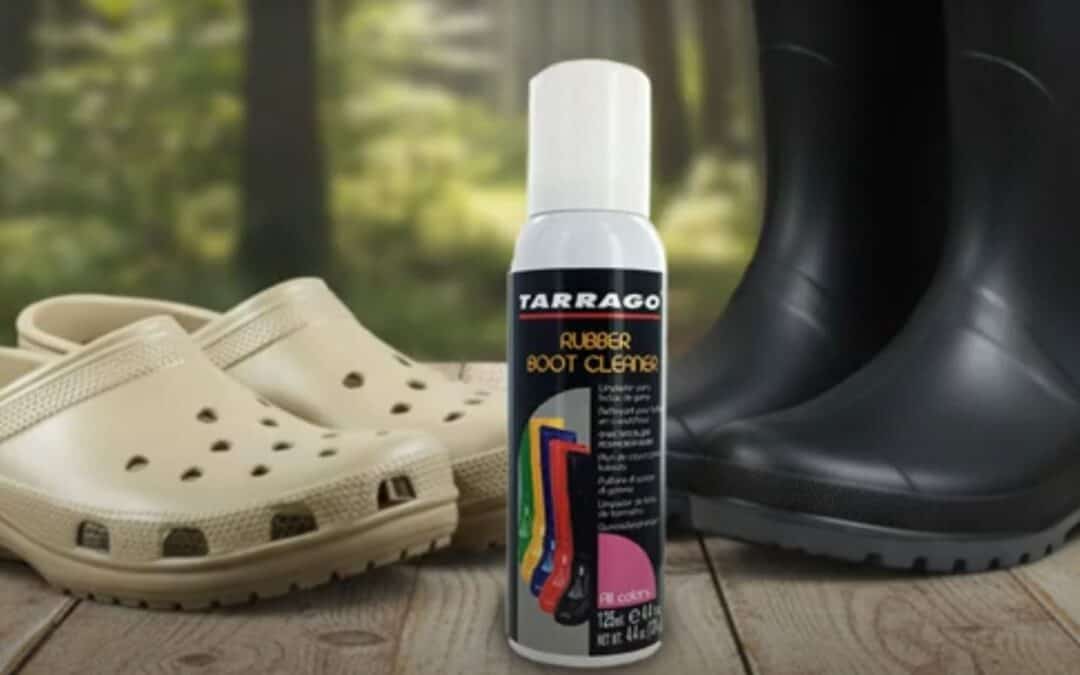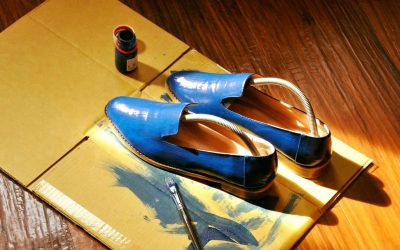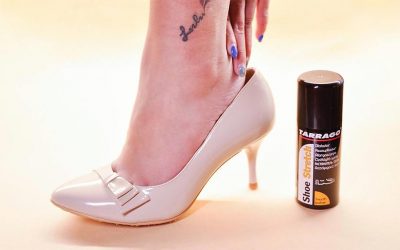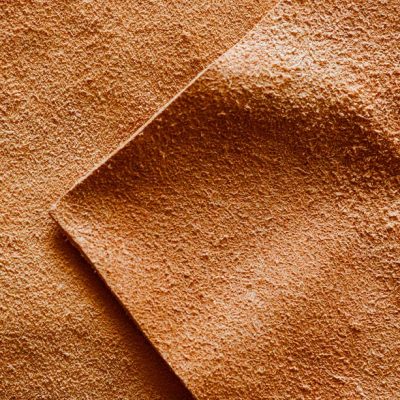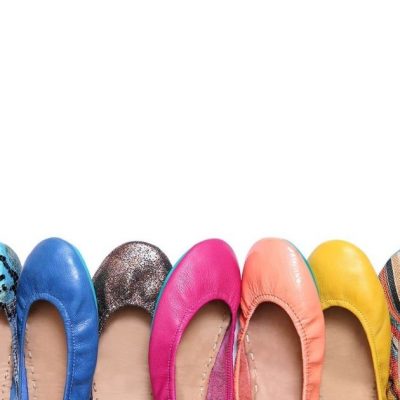You may have never thought about why it’s necessary not only to clean but also to nourish the plastic in your footwear. Some shoes are made of plastic or polymeric materials—such as Hunter rain boots or Crocs—that, if not properly nourished and cared for, can easily wear out and crack over time.
How your Hunters and Crocs can wear out
Hunter boots and Crocs are made from vulcanized natural rubber or synthetic elastomer compounds. Although these materials are water-resistant, they are still susceptible to degradation caused by environmental factors such as:
- Ultraviolet (UV) radiation: breaks down polymer chains, causing loss of elasticity, micro-cracks, and discoloration.
- Ozone and atmospheric oxygen: cause surface oxidation and cracking of the material.
- Extreme temperatures: accelerate polymer aging, making it brittle or sticky.
Advantages of maintaining your Hunters and Crocs
One of the key features of Hunter boots is their waterproofing. However, even this property can fade over time.
In addition, without proper maintenance, boots such as Crocs can become stiff, lose color, or turn dull.
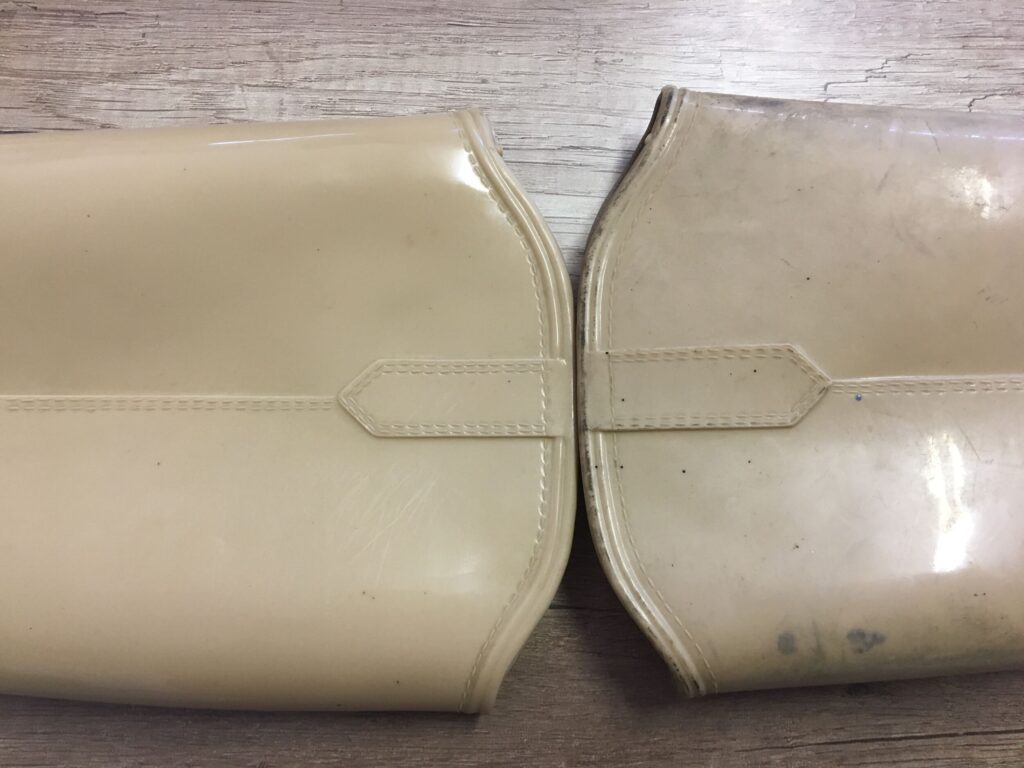
How to maintain your shoes
Regular cleaning helps prevent the deterioration of rubber or polymers. For this reason, we recommend using Rubber Boot Cleaner, which, in addition to cleaning agents, is enriched with avocado oil.
Avocado oil acts as a nourishing balm that helps soften and restore the natural shine of the surface. This prevents the rubber in Hunter boots and Crocs from drying out and becoming stiff, as it lightly penetrates the surface, filling in any micro-cracks that may be present.
Furthermore, this gentle nourishment—combined with the cleaning power of the Rubber Boot Cleaner—helps revive the color of the boots.
Benefits of extending the lifespan of Hunter boots and Crocs
In addition to their main function—protecting from rainwater—Hunter boots have become a fashion accessory in their own right. The same is true for Crocs footwear.
Extending their lifespan contributes not only on a personal level—allowing you to keep your valued footwear for longer—but also to the environment and sustainability. It reduces energy consumption and the use of raw materials needed to produce new products, and generates less waste, thereby lowering environmental impact.

